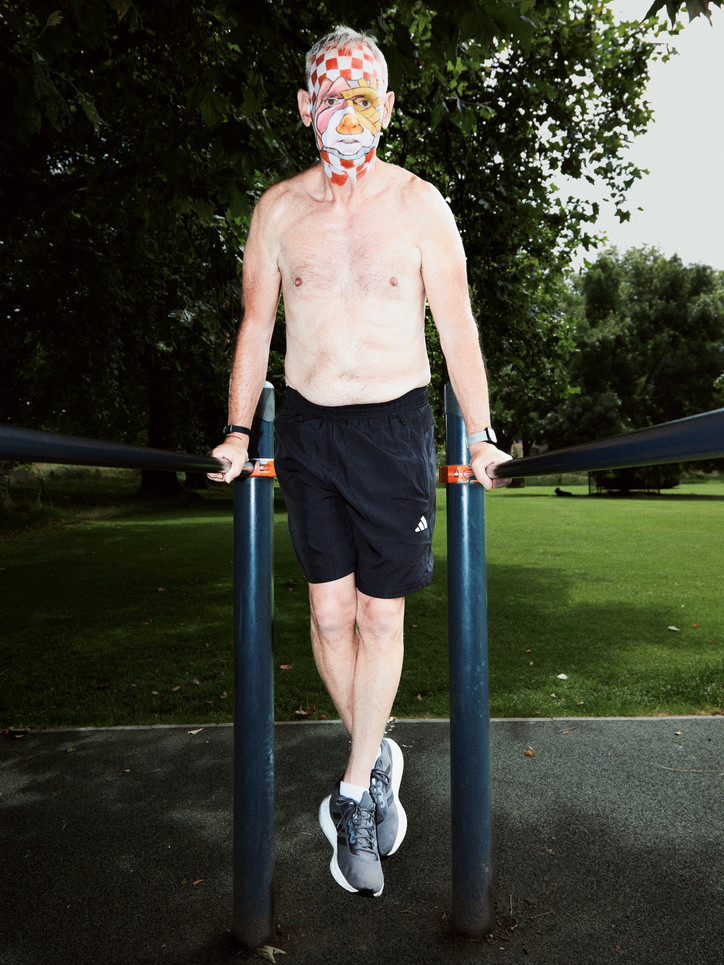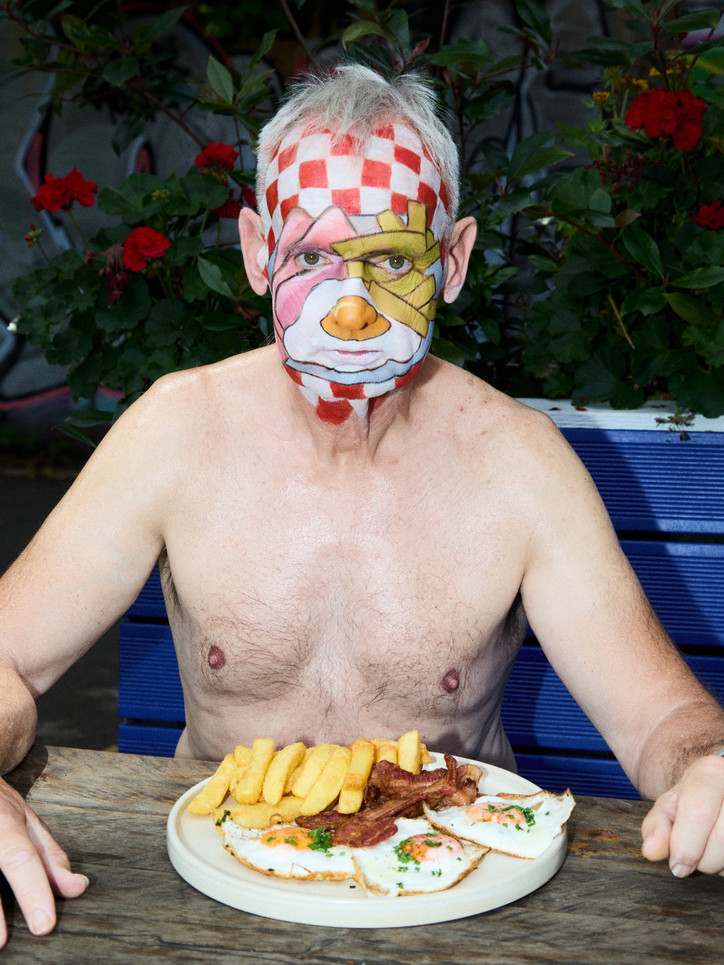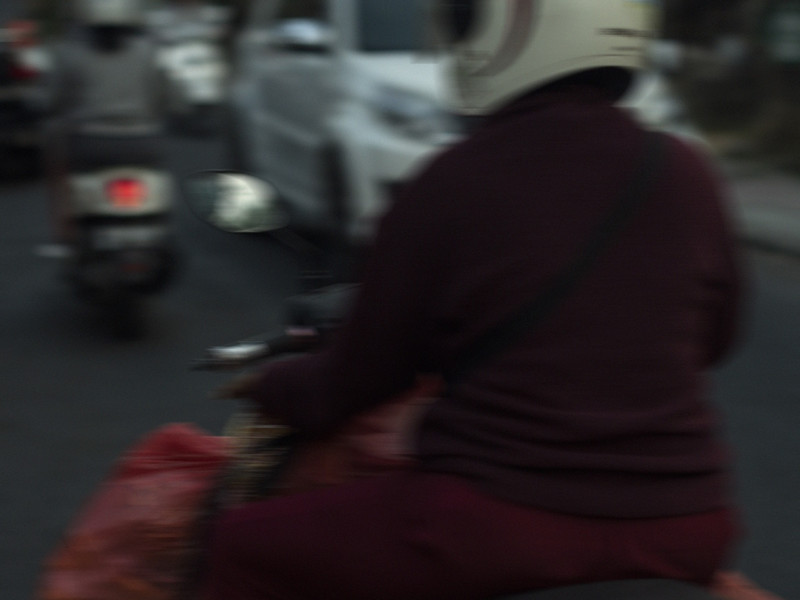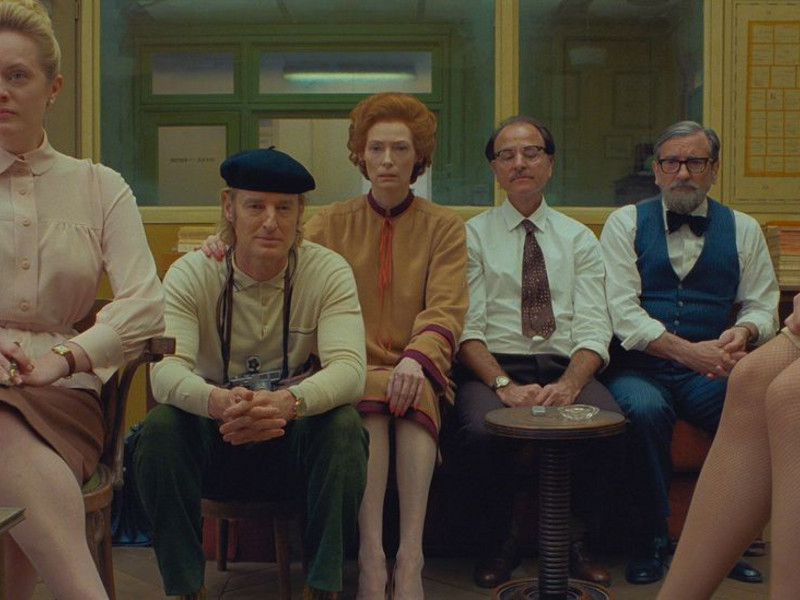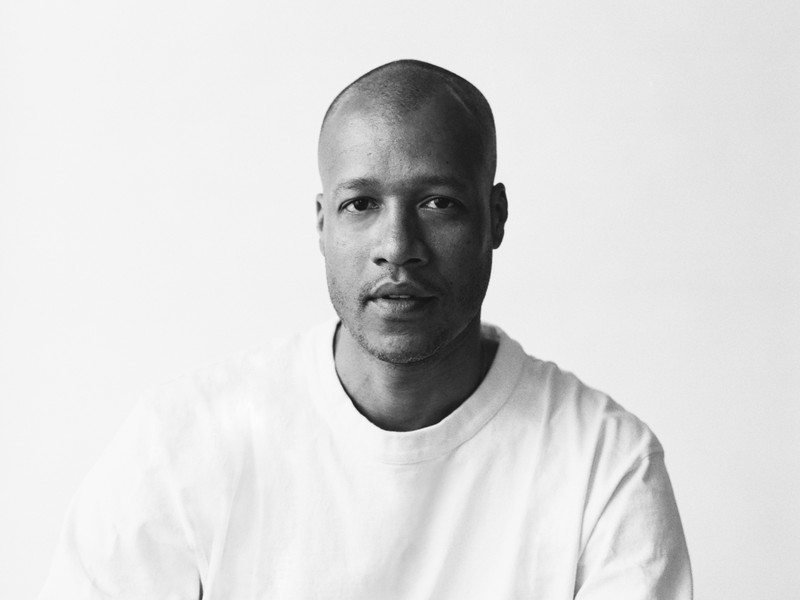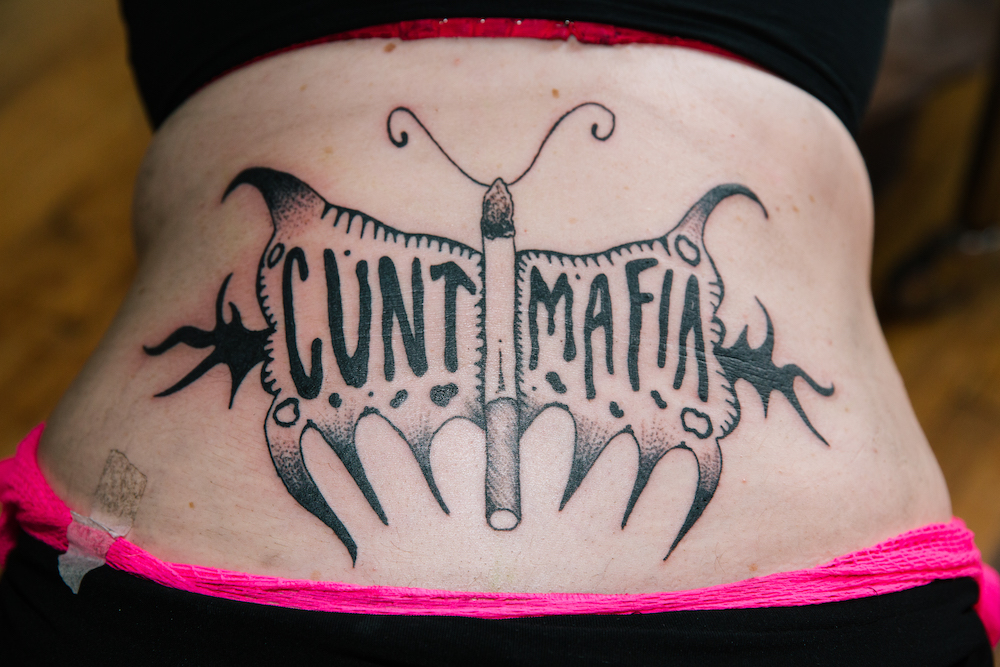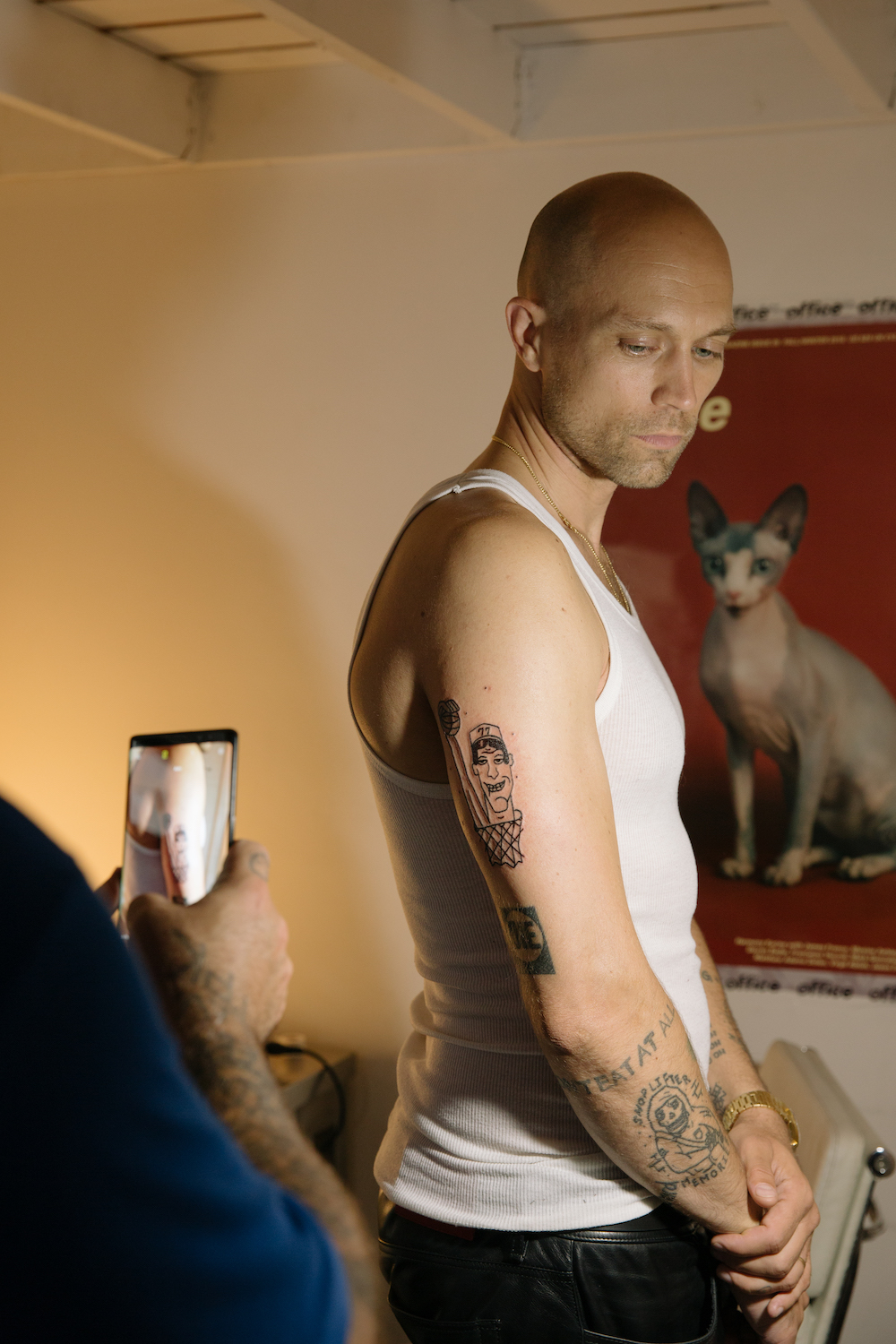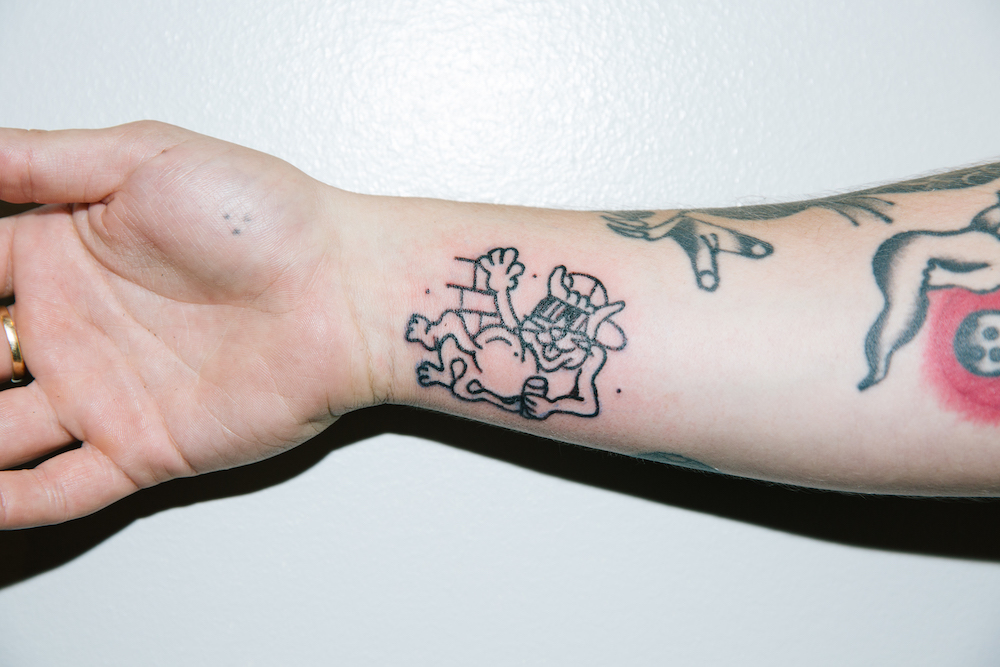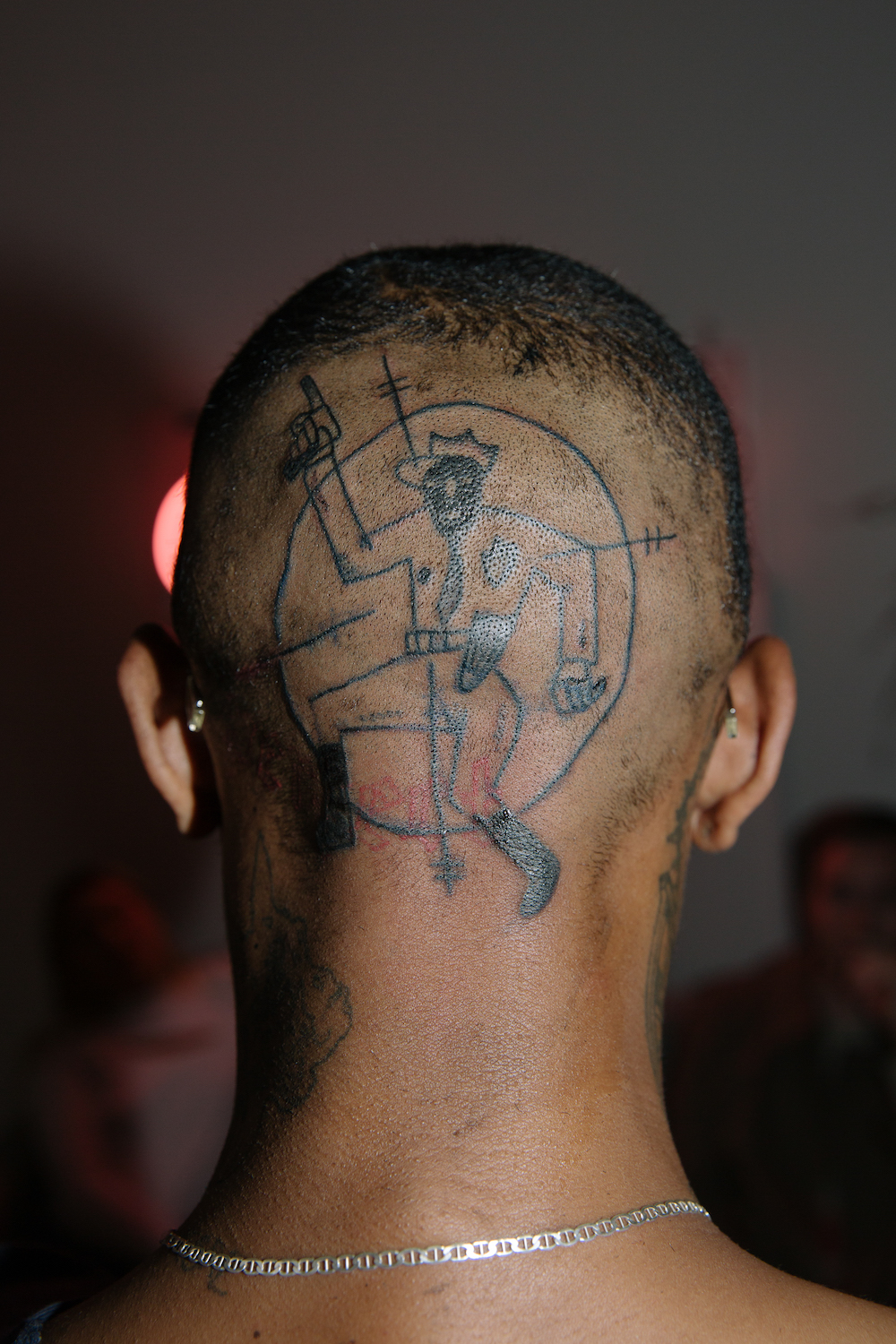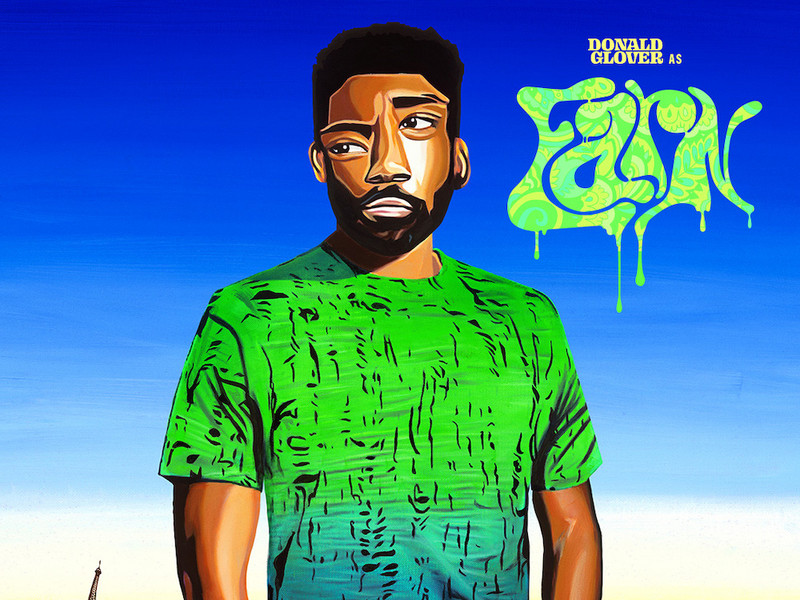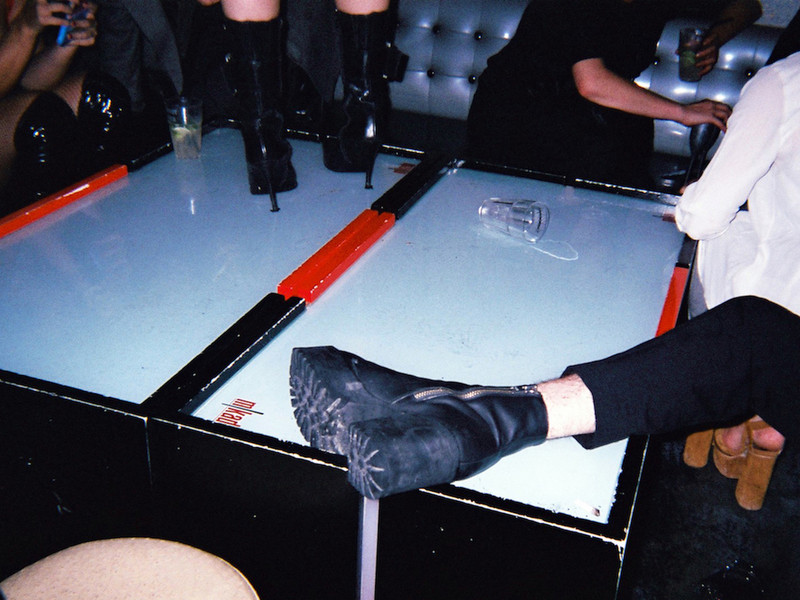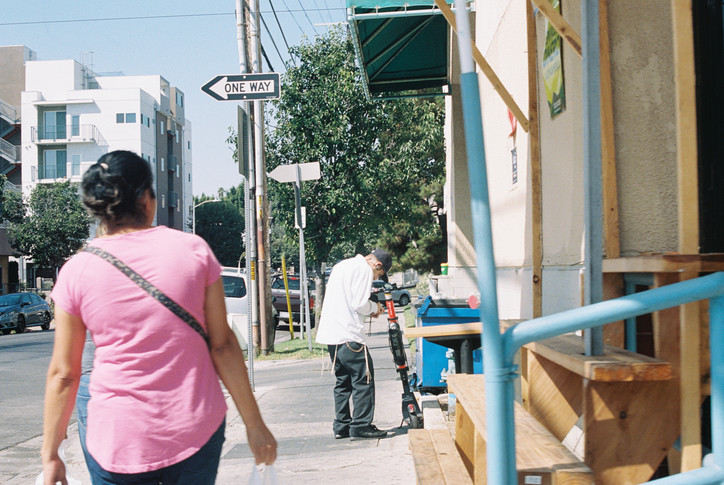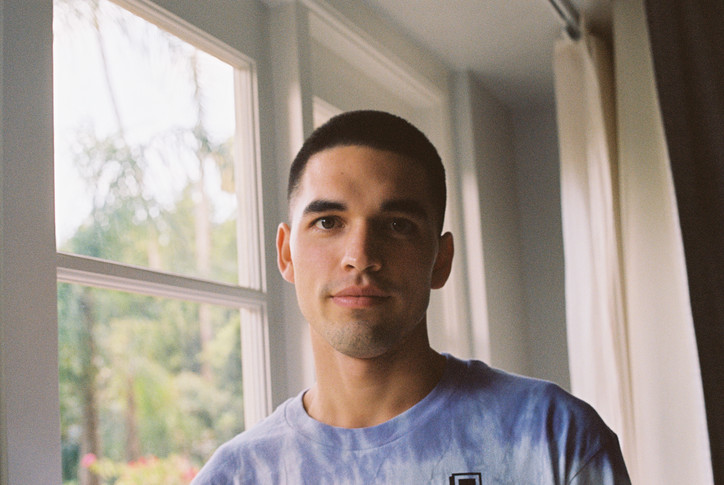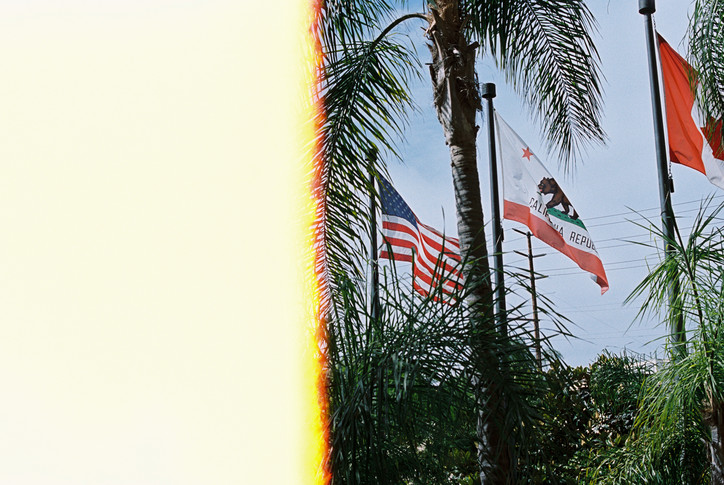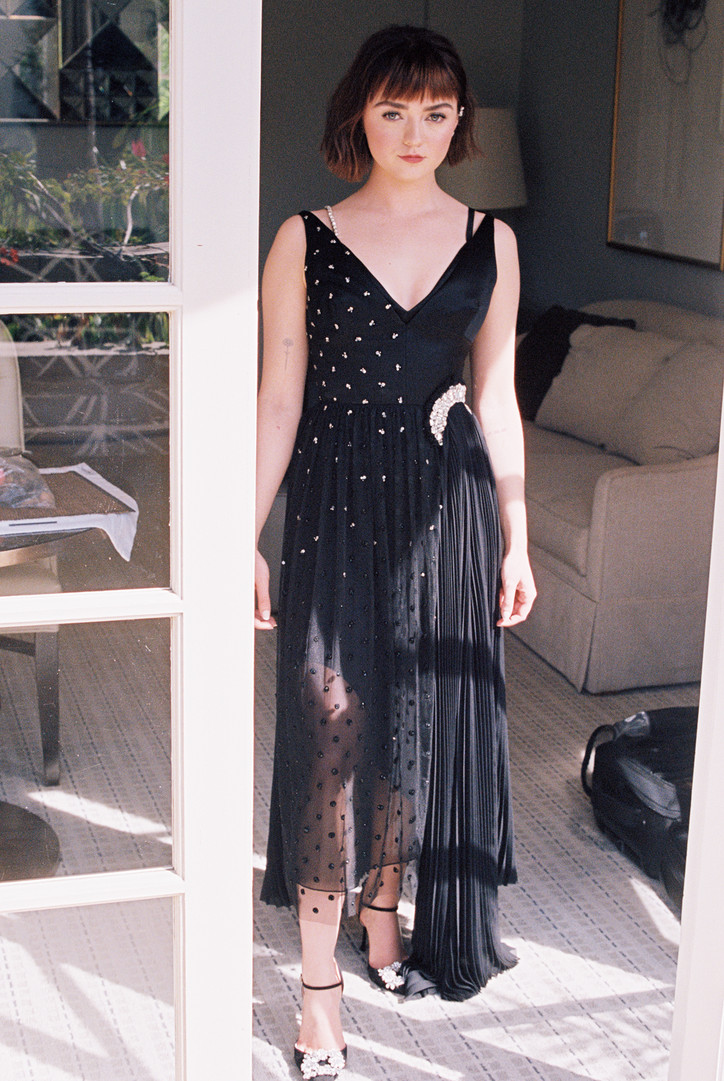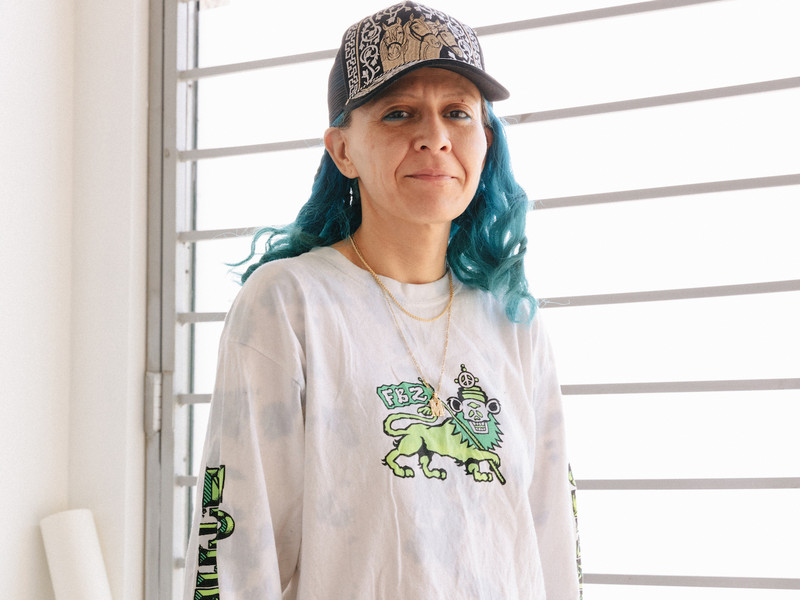On top of this neutrino framework lies several other charts for interpreting the energy imprints: a hexagram of 64 Gates, corresponding with the I’Ching as well as our 64 DNA codons, the Western Zodiac, 36 Kabbalah channels connecting the 9 Centers or “energy hubs”. The resulting chart is a pyramidal structure called a BodyGraph that detail where we are defined and predictable, and where we are more receptive to outside influences and our environment – in essence, the code for our “design” and our “personality.” Neither bad nor good, navigating the Body Graph requires the insight of a trained coach in order to interpret to its full potential.
Jones has been guiding clients through their personal charts since 2015. As we sat in the shalla, a structure on Maraviglia’s property sacredly dedicated to yoga, meditation and learning, Erin and I reviewed my chart. Unlike other personality assessment methods, the BodyGraph reveals aspects of oneself that for once in my life were validated by an outside lense – aspects that weren’t necessarily mystical, but intuitive and truthful. The system takes hyper-specific aspects of the personality: everything from how good you are at casual conversation to how you most successfully tend to make decisions (i.e. gut reactions vs. emotional processes).
Generally a self-aware person, none of the insights from my chart caused surprise or caught me off guard but our sessions did result in a more holistic, forgiving, and actionable attitude towards self-observation. For instance: my Throat Center, the energy center of communication, action, and attention seeking, is open or “undefined.” Some of the observable traits of people with open Throat Centers are “not knowing when to stop talking” and “seeking attention” (though it should be noted that every energy center has a “shadow” and a “wisdom”. The gift of gab and attention seeking might seem like shadows, but Jones clarified that the wisdoms to such traits mostly include being an extremely effective communicator). I have a lot to say always, so this came as no surprise to me.
Throughout the week at Maraviglia, I often found myself thinking of how the insights from Human Design were actually helping me be kinder to myself. During our trip to the hot springs, I sat under the steaming sulfuric waterfall and contemplated all the times my sacral gut response was dead on in recent business decisions. After rolling pasta dough during our ravioli-making workshop, a supercut of all the times I should have just kept my mouth shut scrolled through my brain. While taking my late-afternoon swim each day, I mulled over how I would lean in more to my profile (a 4/1, if anyone is interested) so that I can maximize my impact on this lifetime. I wondered if the physicists at Esalen felt this way; were they as satisfied with their scientific explorations as I was?
The thing that resonated with me most about diving into Human Design is that it didn’t provide answers, predictions or excuses – just insight. At the beginning of the retreat, our group sat in the shalla under yoga blankets and set intentions for the week. To say I achieved my intention would be counter to its purpose, but rather I lived my intention: I received energy through the curated workshops and experiences, and empathically listened to my peers share stories and emotions (both painful and joyous) during Weiss’s intimate Touchpoint sessions. It was a satisfying exploration of how reflection and growth can manifest among a group of strangers in a foreign country. If categorization is our brain’s natural defense mechanism against an overabundance of chaotic data, paring down to a simpler, less overwhelming lifestyle with a prescribed chart of my own personality and “design” achieved, even if only temporarily, a state of calm and connectedness. Plus, being in Tuscany certainly helped.
